Universal Design for Learning (UDL) is a research-based framework that teachers use to design lessons that reduce barriers and increase access for ALL students. It is grounded in the premise that too often curricula have been designed with an ‘average’ learner in mind, when in fact every student has a unique cognitive profile that includes both areas of strength and challenge. In a UDL model, teachers use the framework to anticipate predictable barriers within the curriculum and proactively plan means of bypassing those roadblocks, creating learning pathways that
support the variable and diverse profiles of their students.
In December 2015, Congress passed the Every Student Succeeds Act (ESSA), which replaced No Child Left Behind. UDL is endorsed numerous times within the law, and states are encouraged to create incentives for districts that implement the framework. UDL is also referenced by Common Core as an optimal framework for curriculum delivery. Within the field of educational research, studies on a range of topics are designed to be compatible with UDL, which highlights the acceptance of this framework as the “gold standard” for best practices in education. It is important to note that UDL implementation does not require schools to abandon other past or future professional development initiatives. Research based programs, such as Response to Intervention (RTI) for example, complement the framework and enhance the
implementation of UDL.
UDL is a natural fit when laying the groundwork for inclusive schools, which include students with diagnosed learning differences in the general education classroom. It shifts the paradigm from looking at these students as a separate category from the rest of the class, to viewing them as part of a continuum of diverse learners that includes everyone. Although children with more extensive needs will still require individualized accommodations and modifications in the UDL classroom, using the framework supports many more students than before without the need for additional support, thereby reducing the burden on Resource or Educational Support Service departments within schools.
While UDL focuses on accessibility, it also emphasizes academic rigor, to ensure that all students are still held to the highest standards appropriate for them. This speaks to the framework’s compatibility with the needs of another population who have not always been reached in traditional classroom settings- the gifted and talented students. Using the UDL framework, teachers can design lessons that include more creative or demanding options for completing assignments. Students can do extension activities, advanced readings, or work at a more accelerated pace. While gifted and talented students excel in certain areas, they may struggle in others. UDL can simultaneously address those areas of need, for example executive functioning or social skills.
UDL is an exciting, innovative, research-based method of planning teaching and learning for all. For those unfamiliar with the framework, it can be a paradigm shifting experience to first understand that there is in fact no such thing as an average learner, and how UDL can create a classroom environment that supports a wider range of students than previously imagined. Teachers begin to look at the specific goals of each lesson to determine where they can be flexible by providing multiple options, while still maintaining academic rigor. Training in UDL is essential for all schools that want to implement inclusion, as it provides both a conceptual and practical way to ensure that it is a successful endeavor. It also provides a means of addressing the needs of gifted and talented students, a population that is often not prioritized in the presence of students who are struggling to keep up. Implementation of UDL is increasing internationally, as it expands the bandwidth of general education schools to the greatest extent possible.
For more information about UDL, see www.cast.org or www.udlcenter.org
